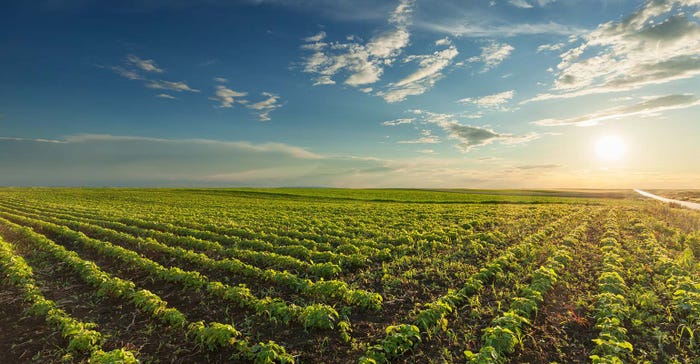
U.S. cropland values remained unchanged at $4,090 per acre from the previous year, according to a new USDA survey.
In Corn Belt states, where four years of weak corn and soybean prices have pressured profits, farmland values dropped just a half percent. In the Southern Plains, average cropland values increased 6% from the previous year while cropland values decreased by 4.4% in the Northern Plains.
The highest farm real estate values were in the Corn Belt region at $6,260 per acre. The Mountain region had the lowest farm real estate value at $1,130 per acre.
According to the survey, Corn Belt states – Illinois, Indiana, Missouri, Ohio and Iowa – saw cropland prices change only marginally over the past five years: $6,470 per acre in 2013, $7,000 per acre in 2014, $6,840 per acre in 2015, $6,710 per acre in 2016 and $6,670 per acre in 2017 for an overall drop of just .6%.
The United States farm real estate value, a measurement of the value of all land and buildings on farms, averaged $3,080 per acre for 2017, up $70 per acre (2.3%) from 2016 values. Regional changes in the average value of farm real estate ranged from a 8.7% increase in the Pacific region to 1.8% decrease in the Northern Plains.
The U.S. pasture value increased by $20 per acre (1.5%) from 2016 values. The Delta region had the highest increase of 2.9% from 2016. The largest decrease, at 1.7%, was in the Corn Belt region.
Irrigated California cropland values rose from $11,800 per acre in 2013 to $13,300 per acre in 2017 for a 3.1% increase over five years.
About the Author(s)
You May Also Like






